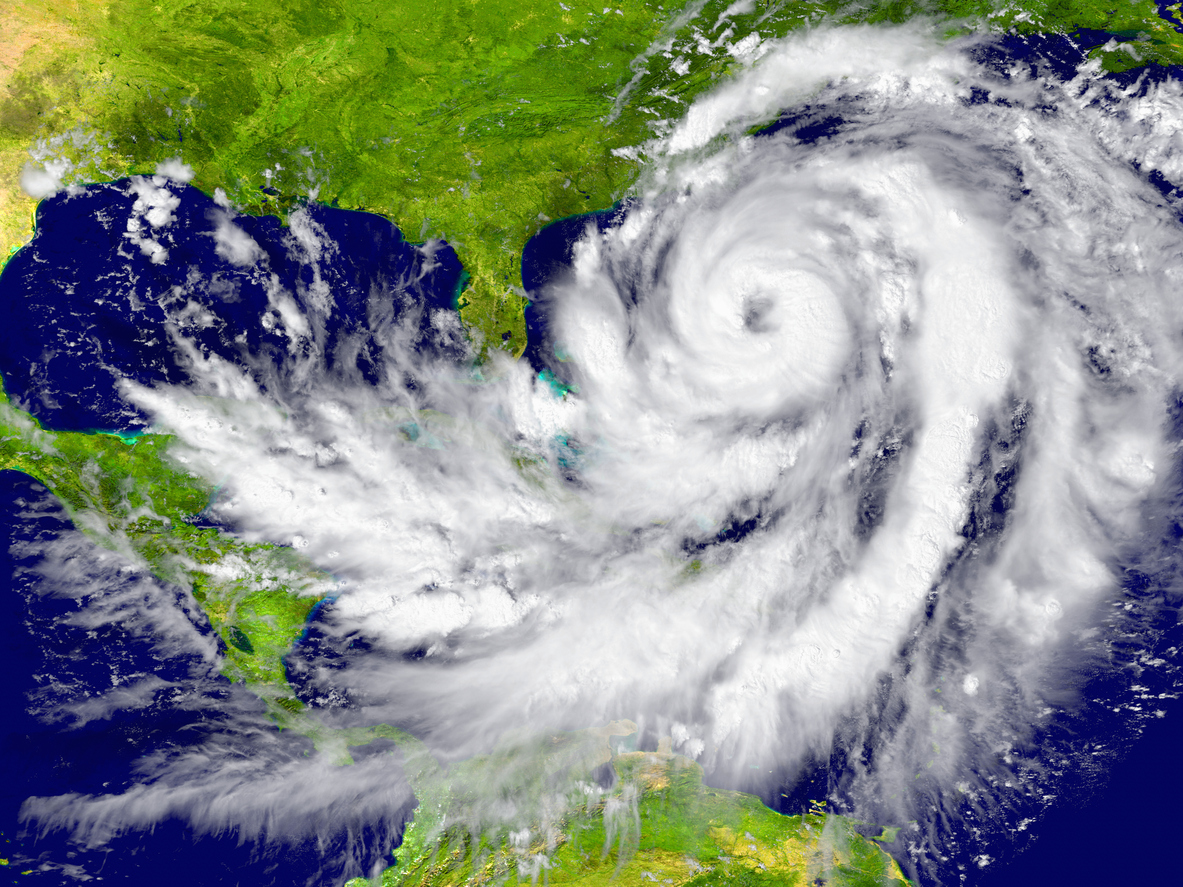Moody’s Risk Management Services (RMS) has released its forecast for the 2023 hurricane season, indicating that a near-normal season is most likely due to the competing and opposing influence of key factors such as the El Niño-Southern Oscillation (ENSO) and above-average North Atlantic Sea surface temperatures.
While the overall prediction suggests a near-normal hurricane season, experts caution that the impact of a single powerful event can transform it into a memorable and costly season.
This was evident in the previous year’s near-normal season, which saw the arrival of Hurricane Ian—an event that ranked among the costliest U.S. hurricanes on record and is set to reshape insurance markets for years to come.
El Niño, typically associated with a quieter hurricane season, might exert its influence this year. However, the higher sea surface temperatures are expected to fuel more hurricane activity.
As a result, the ultimate outcome of the season could range from below-normal to above-normal activity, depending on which of these competing factors exhibits a greater influence.
Beyond the US and the Americas, Moody’s RMS also highlights the potential impact of El Niño on typhoon activity in the Western North Pacific Basin in the Asia-Pacific region.
Forecasts suggest that the typhoon activity in this area will be above average due to El Niño’s unique effect on the region, resulting in increased atmospheric instability.
Long-term statistics suggest that the likelihood of a hurricane making landfall in the U.S. increases during more active seasons.
However, the forecasts from various agencies for the 2023 hurricane season indicate some variations in predictions. Colorado State University (CSU) estimates the highest probabilities of hurricanes hitting Florida, Louisiana, North Carolina, and Texas.
Tropical Storm Risk (TSR) forecasts a lower number of tropical storms and hurricanes making landfall compared to historical averages.
AccuWeather predicts a moderate number of named storms impacting the mainland U.S. and neighbouring areas. It’s important to note that while the probability of landfall increases in more active seasons, exceptions exist, as seen in the past, where quiet seasons experienced significant landfall events or active seasons had limited landfall.
According to the latest ENSO status update by the Climate Prediction Center, the transition from ENSO-neutral conditions to El Niño is expected in the next few months, with a high likelihood of El Niño persisting into the Northern Hemisphere winter.
Probabilistic forecasts indicate that ENSO-neutral conditions are favoured to continue through spring, but there is a significant chance of El Niño developing from May to July.
NOAA’s outlook for the 2023 North Atlantic hurricane season relies on these forecasts, projecting a 93 percent chance of El Niño conditions during the peak months of August, September, and October.
However, the exact influence of ENSO on the hurricane season is uncertain, and other factors can come into play. If El Niño develops, a decrease in activity compared to climatology is expected due to stronger vertical wind shear.
A strong El Niño event could result in an even larger decrease in activity. In the unlikely scenario of ENSO remaining neutral and other factors remaining constant, near-normal activity is expected, Moody’s RMS noted.













